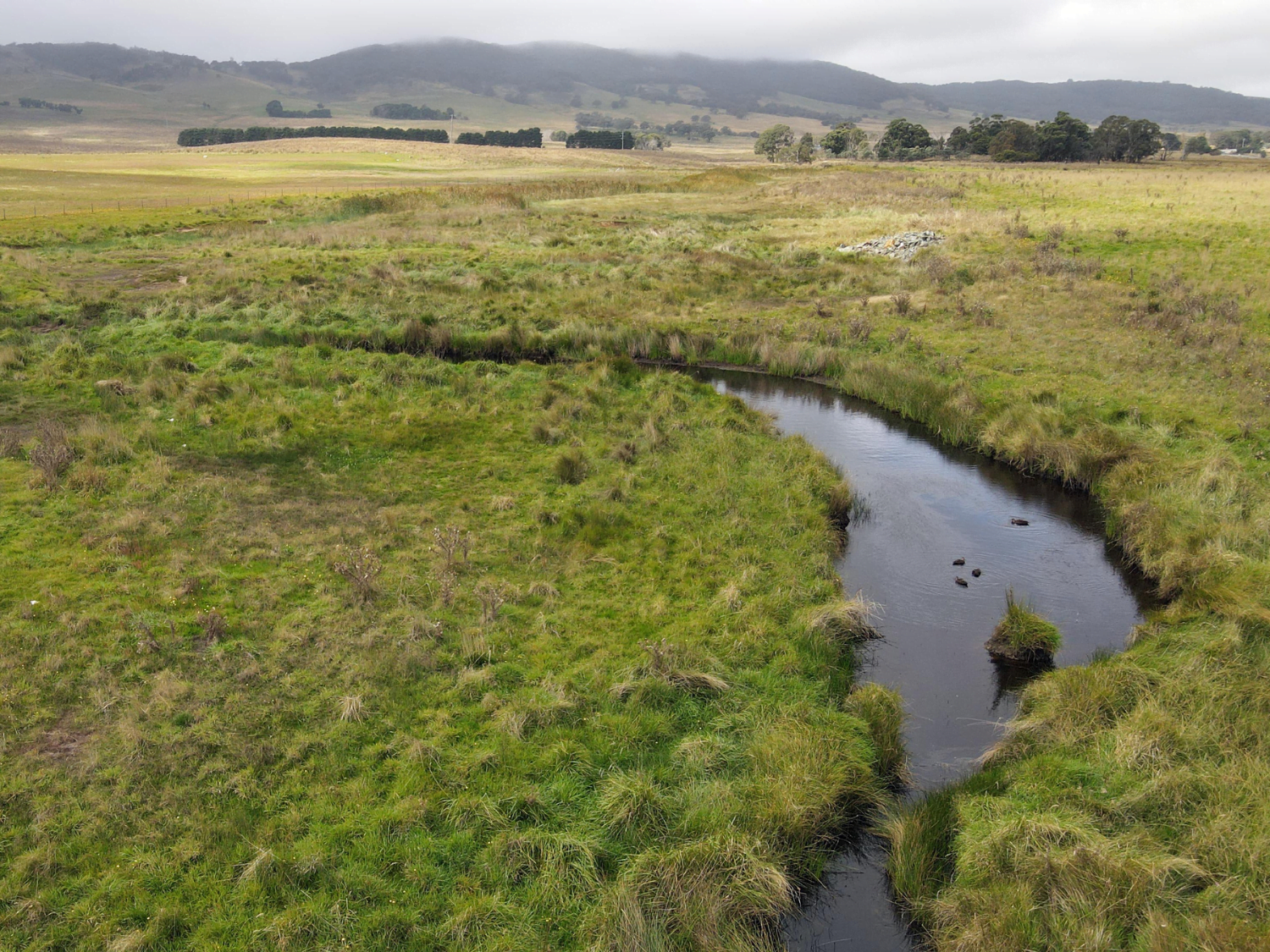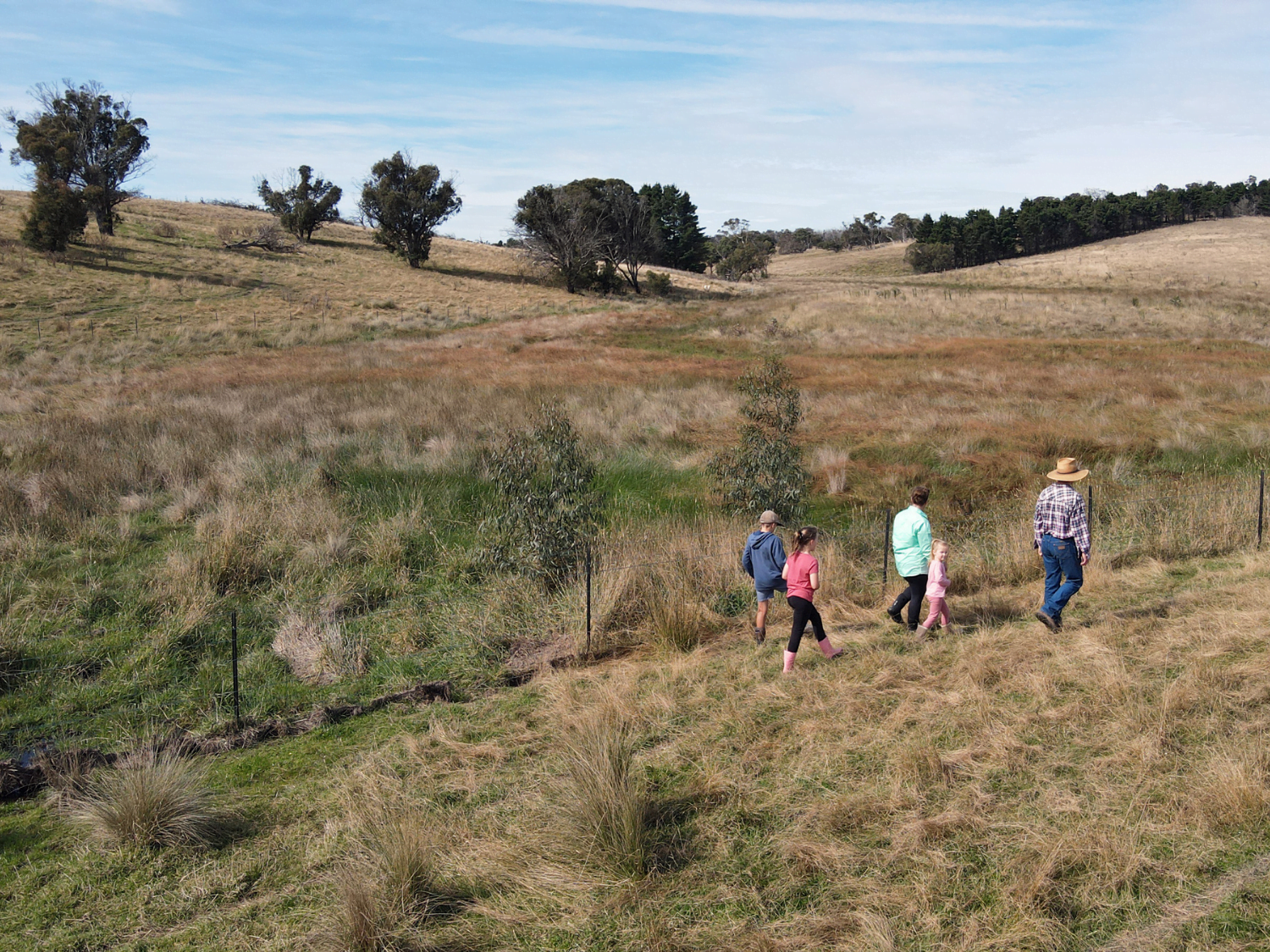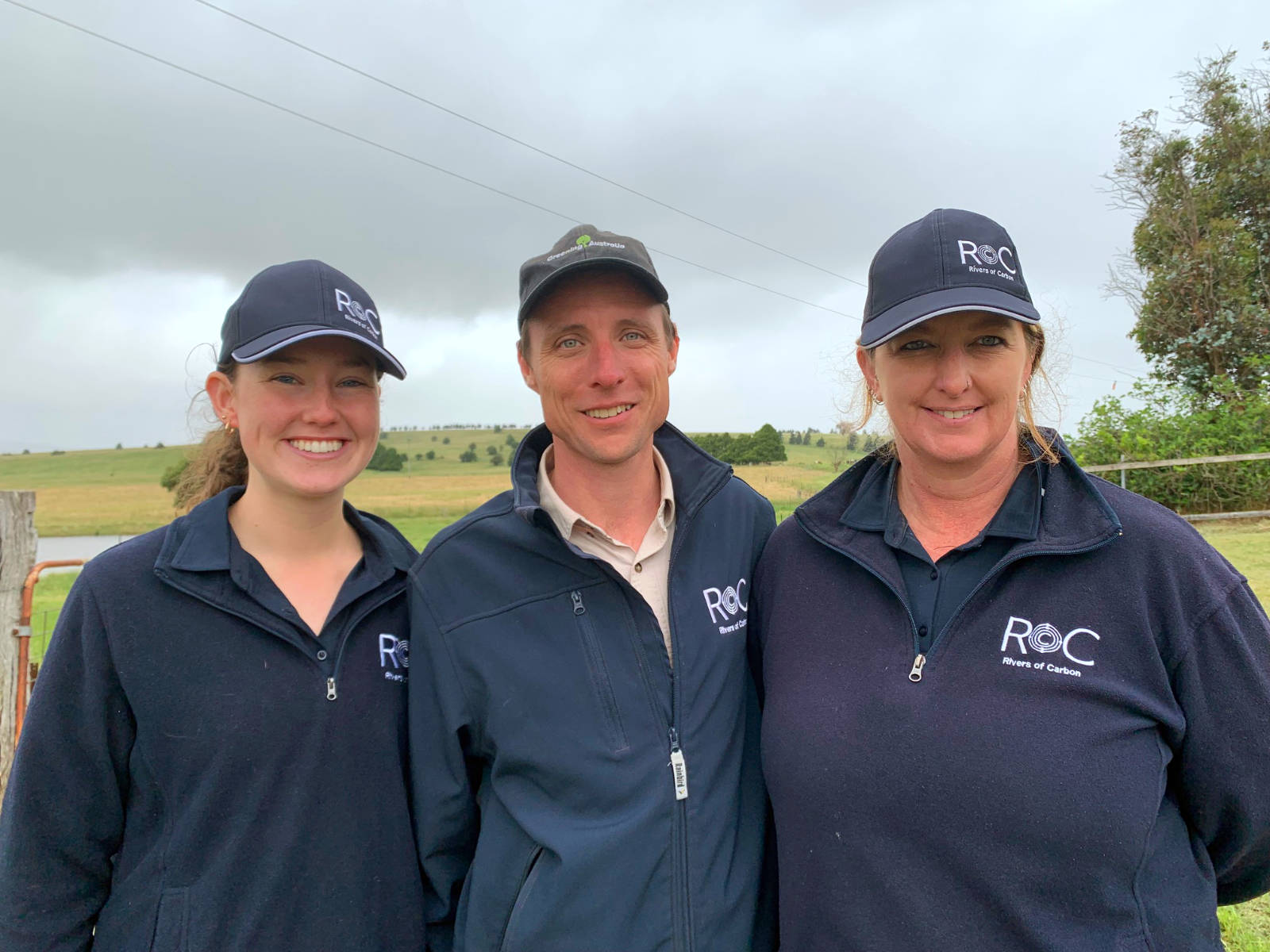Resilience. You’ve likely heard this word before, possibly in conversations around wellbeing, economies or social structures. Maybe resilience has entered your vocabulary through news and media where it is used as a ‘buzzword’ in relation to recent natural disasters and the Covid-19 pandemic. Perhaps its growing popularity can be attributed to its representation of hope, aspiration of life improving, and order in a time with so many uncertainties. A single definition, however, remains daring and illusive, as the meaning of ‘resilience’ is strongly influenced by local contexts, where its value is ultimately held in its application and by the people using it to describe their actions.
Definitions vary depending on who you ask. Some say resilience is the ‘ability to bounce back’, others say we need to learn from challenges so resilience is the ‘ability to bounce forward’. We discussed this concept in a “Take me to the River” podcast episode with Paul Ryan. At a landscape scale, some groups define resilience as the ‘capacity to transform and recover in the face of ecological stresses’. The majority of literature on the topic places resilience in a well-defined box. Yet when we, at Rivers of Carbon, discuss landscape resilience in nature, a being with so much inherent power to change (consider the way a river meanders over time with forceful flows), how could we constrain it in such a way?
We know rivers are dynamic and will continue to move, requiring us to give them some space so that they can be free and unconstrained.

After attending an inspiring seminar at the Australian National University’s Fenner School of Environment and Society, led by environmental scientists, we at Rivers of Carbon would like to suggest that resilience is an adaptive mentality, challenging people ‘to build systems that are safe when they fail, rather than fail-safe systems’. These systems must be thoughtfully constructed, adapted and transformed based on local circumstances, such as land use, climate, and communities. Most importantly, we recognise that a resilient system in one place, may not be so resilient when used elsewhere.
Different pathways to resilience also need to consider unique values, vision and scale. Each of these factors have a role to play in defining what resilience looks like for a region. For example, legacy can be a powerful value that may help people hold a vision beyond their life. Believing in creating a better world for one’s children or grandchildren may guide landholders to make particular management decisions. This concept operates at a landscape scale, both temporally and socially. Humans and landscapes fundamentally operate on different timescales. While there may be a stark variation season to season, landscapes actually move and adapt over centuries, on geological time. Considering ‘how long’ and ‘for whom’ a system should be resilient for is, therefore, paramount.

Attributes of resilient landscapes
Identifying the path towards resilient landscapes starts with a conversation involving many voices – scientific experts, landholders, conservationists, and Indigenous peoples. Although there are always more conversations to have, our initial discussions have uncovered a list of attributes that create high landscape resilience. Adapted from Dr. Nick Abel’s seminar at the ANU Fenner School of Environment and Society, we have listed 8 attributes below for you to think about in the context of your farm or community:
1. High biodiversity
Specifically encouraging high response diversity within your ecosystem will ensure that any incoming stress won’t knock the whole system down. This may look like diverse native grass pastures or mixed tree species planted along riparian areas.
2. Variability
Allowing some variability in your system is natural, try not to control or reduce natural variation in stream or river movement. Here in Australia, we especially know our climate and landscapes are variable. Build riparian corridors that allow for this movement.
3. Being modular
Ensure the system is not over or under-connected. If an external stress removes a species, another species should be able to move into its place to maintain structure. Continual tree planting can achieve this, maintaining cover generation after generation.
4. Being open
Allow emigration and immigration of native plant and animal species. While keeping a close eye on those sneaky invasive species, allowing native species to spread over the landscape, uninhibited, will make for a healthy open system.
5. Quick responses
Highly resilient systems will exhibit tight, positive feedback loops, returning to ‘normal’ quickly after a period of stress. Rivers of Carbon landholders who have undertaken restoration works have seen increased retained flows and ground cover during drought.
6. Healthy reserves
Reserves may be financial, biophysical (seed-banks) or social (community support, memories passed down through generations). Maintaining ground cover, reducing active erosion and planting along waterways will prepare landscapes for challenging seasons.
7. Foster what’s important
Valuing learning, innovation and novel perspectives allows many voices join the conversations. Hopefully, this will help to arrive at a mutually beneficial outcome. Starting a conversation with neighbours, Traditional Owners, or scientists is a great first step.
8. Social capital
Trust, leadership and strong social networks can make all the difference in trying times. Rivers of Carbon prioritises connection and relationships with our landholders through workshops, property-specific advice, and frequent site visits to help build and maintain this social capital.
How do we know we’ve ‘reached’ resilience
“A thing is right when it tends to preserve the integrity, stability, and beauty of the biotic community. It is wrong when it tends otherwise.”
– Aldo Leopold
We know our understanding of resilient landscapes has changed overtime, because our approaches have changed, too. It’s safe to say our values and beliefs towards river restoration in the 1980s looked a little different than they do today. For example, where conservation programs used to leave a 5 metre buffer around wetlands and waterways for riparian restorations, 10-30 metres is now recommended. Approaches to invasive species have also changed so that we can adapt our management and develop plans that allow for a smooth transition to healthy, native ecosystems while retaining biodiversity and ground cover. These are all examples of pathways towards resilient landscapes. It’s important to bear in mind, however, resilience is a spectrum, with no clear start and finish lines.

Resilience in practice
Rivers of Carbon is committed to helping landholders protect and restore Australian wetlands and waterways. Part of this challenge is building resilience into the landscapes on which we work. This often takes the form of improving water quality through erosion and stock management. Other tools include revegetation to promote diverse ground cover and understorey. These projects help to work towards many of the 8 attributes listed above, with unique attention given to building social capital alongside environmental capital.
Over the course of 12 years, we’ve had the privilege to work on a variety of landscapes, teaching us how to adapt and transform to different ecosystems. We appreciate the challenge that each landscape brings, and find immense satisfaction through the Rivers of Carbon projects. If you’re interested in joining, our RoC Source Water is offering opportunities to landholders with livestock in selected areas.
All images are courtesy Richard Snashall and Mikayla Hyland-Wood.
Learn about our Source Water project here
or contact one of our RoC team for more information:
Lori Gould, RoC Program Manager (right)
✉️lori.gould@arrc.com.au
📞0439 030 058


